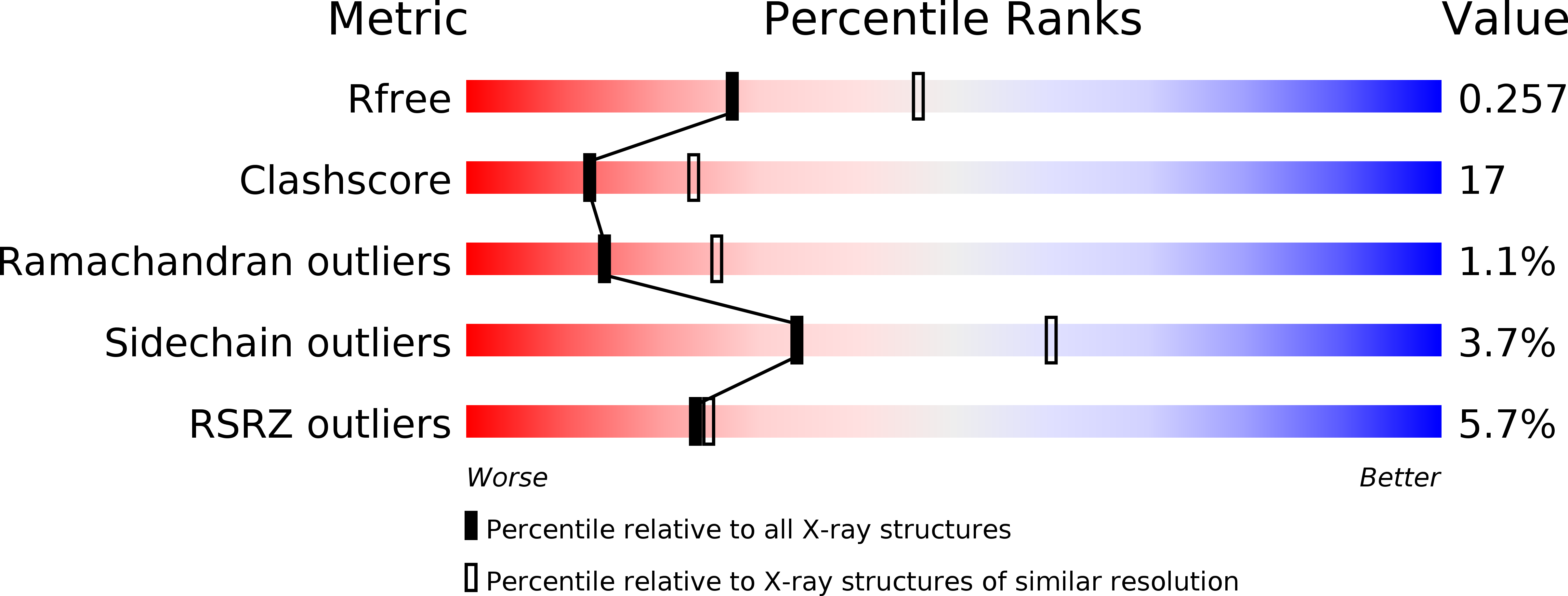
Deposition Date
2007-08-02
Release Date
2008-01-15
Last Version Date
2024-02-21
Entry Detail
PDB ID:
2QTV
Keywords:
Title:
Structure of Sec23-Sar1 complexed with the active fragment of Sec31
Biological Source:
Source Organism:
Saccharomyces cerevisiae (Taxon ID: 4932)
Host Organism:
Method Details:
Experimental Method:
Resolution:
2.50 Å
R-Value Free:
0.26
R-Value Work:
0.20
R-Value Observed:
0.20
Space Group:
P 21 21 2


